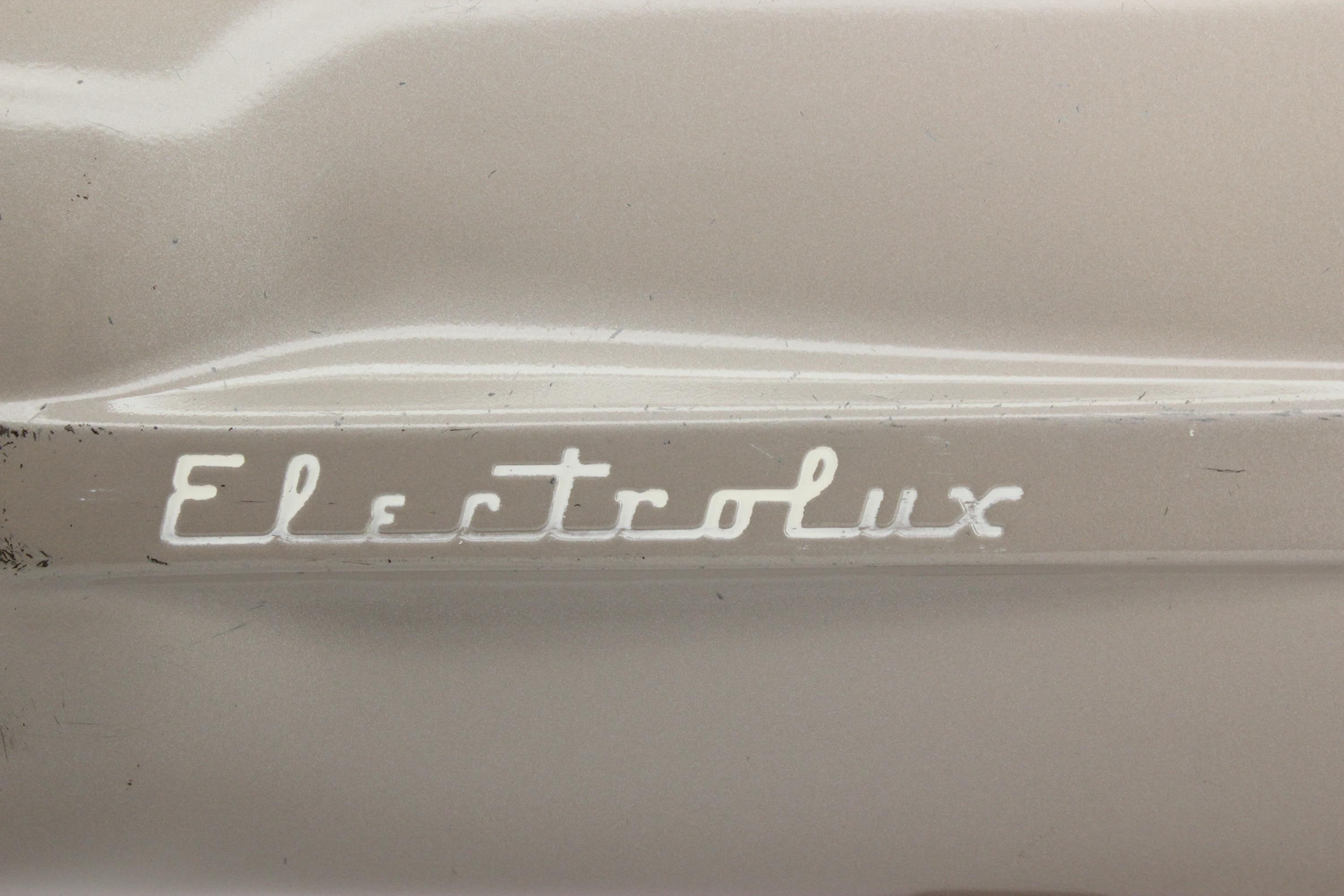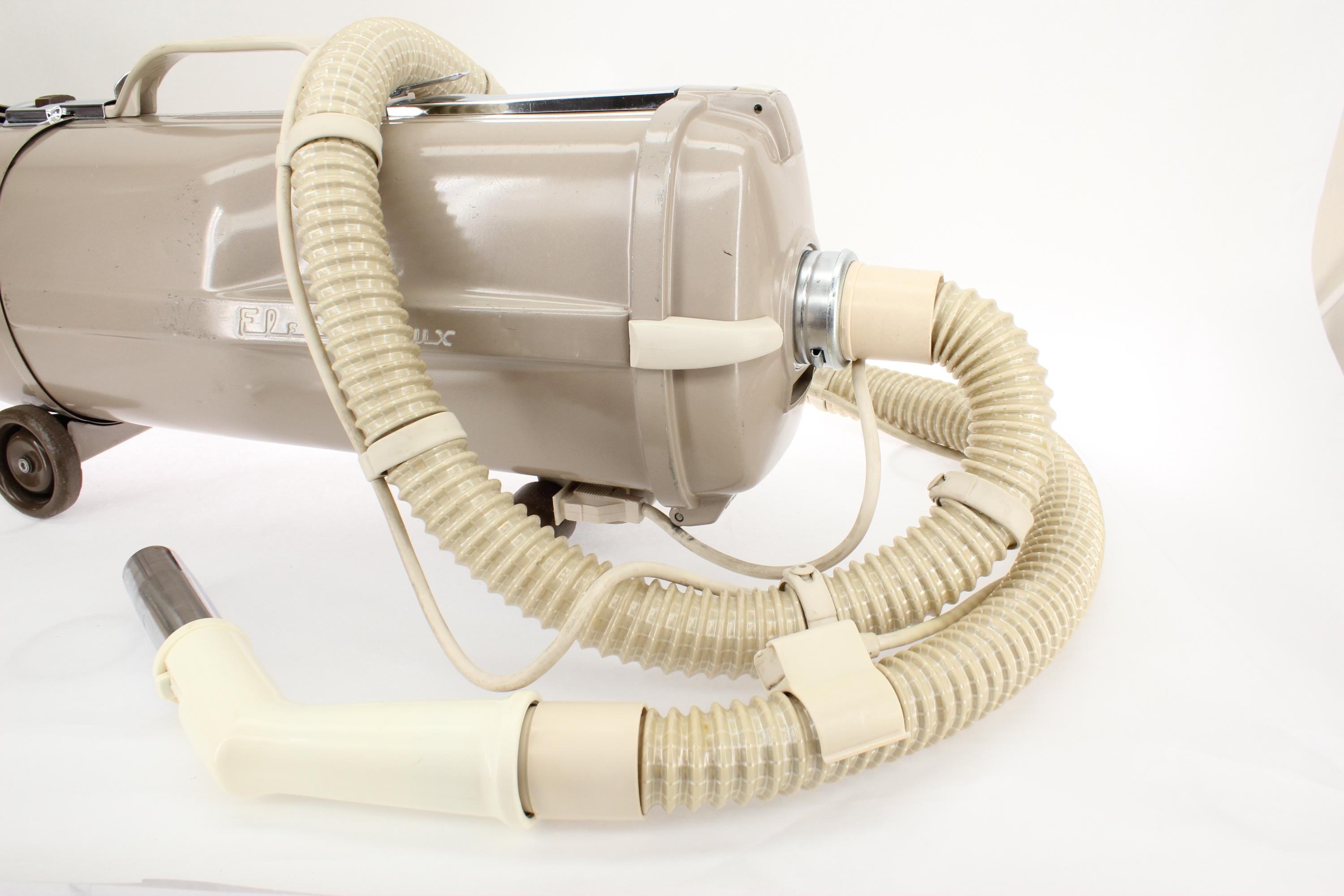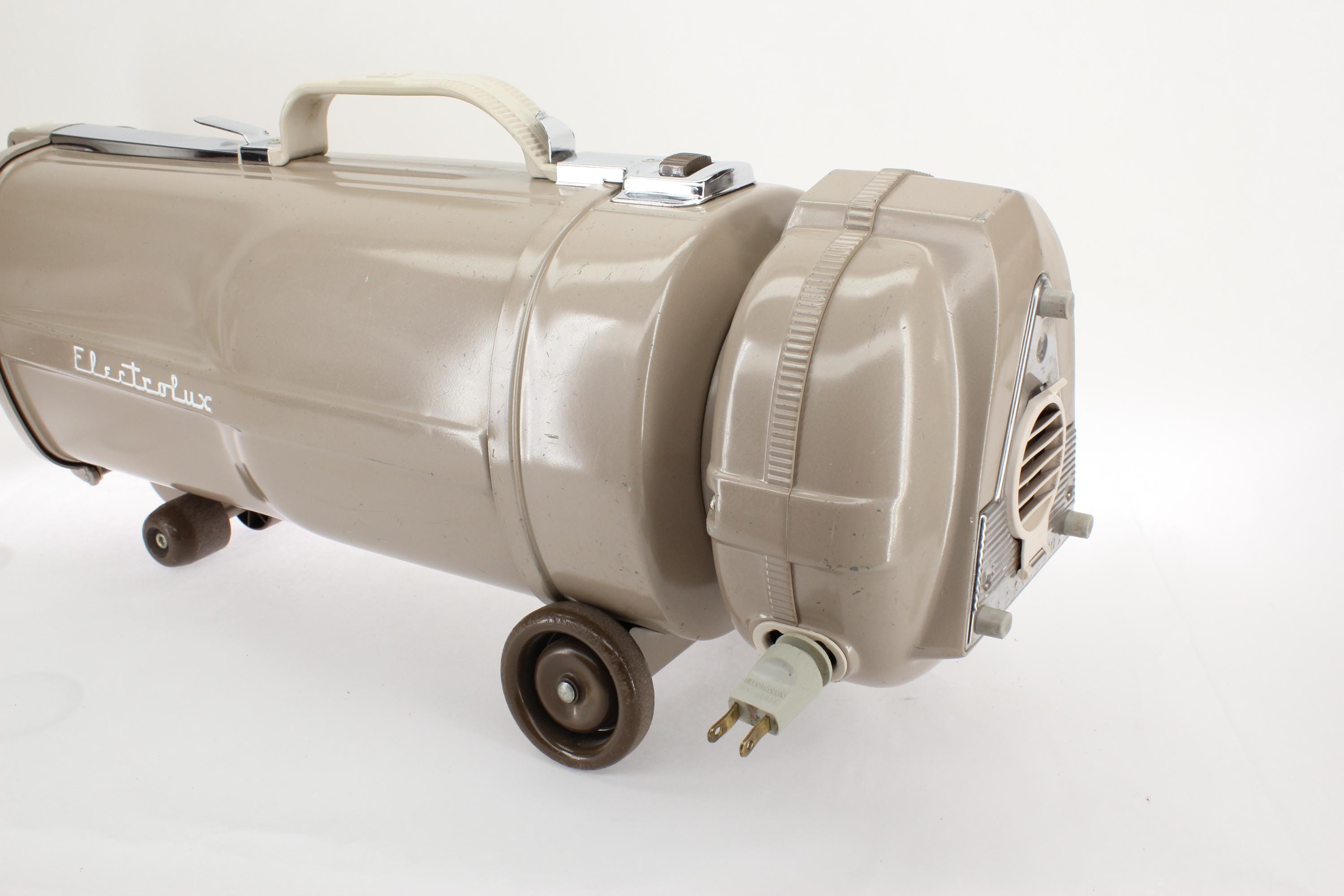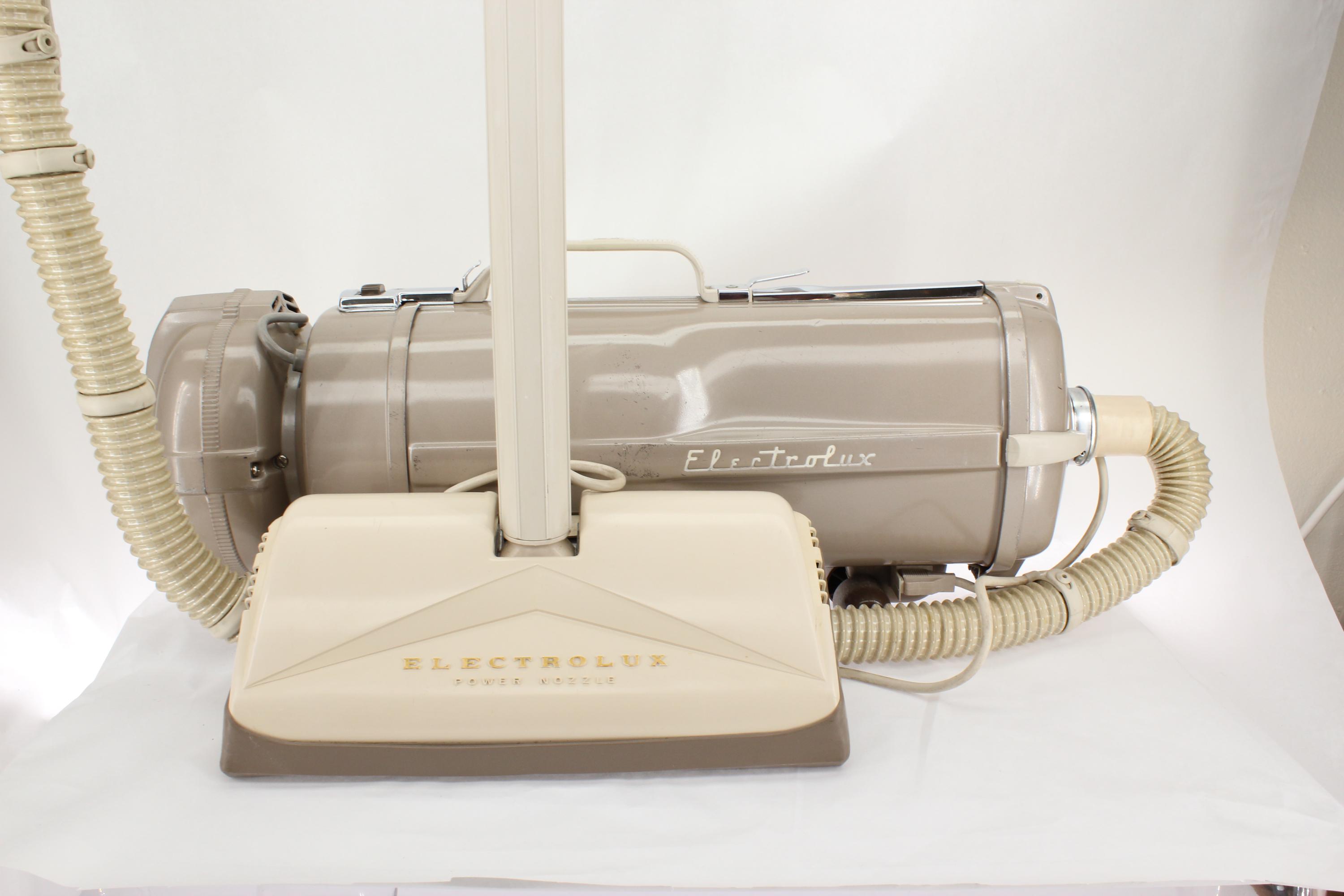A visit to your local big-box home center may reveal a number of appliances bearing the Electrolux name, from washers and dryers to refrigerators and yes, even vacuum cleaners. Most boomers, however, will look at those brightly-colored plastic-bodies monstrosities and groan "they sure don't make them like they used to!" They do- but you have to know where to look!

A Sparkling Legacy: The Story of American-Made Electrolux Vacuum CleanersFor generations, the hum of an Electrolux vacuum cleaner has been the soundtrack to countless Saturday morning clean-ups across American homes. Sleek, reliable, and futuristic in their day, these machines weren’t just cleaning tools—they were symbols of progress, efficiency, and a dust-free domestic dream. But did you know that the Electrolux story in the U.S. has its own unique chapter, distinct from the brand's Swedish origins?Let’s rewind the tape and dust off the history of Electrolux in America.
From Sweden to the States
Electrolux began its journey in Sweden in 1919, founded by Axel Wenner-Gren, a visionary who believed in bringing powerful cleaning technology into every home. The early Swedish Electrolux canisters—futuristic by 1920s standards—combined sleek metal bodies with innovative suction power, quickly setting a high bar for home appliances across Europe.But as the brand grew, so did its ambitions. In the late 1920s, Electrolux crossed the Atlantic and set up shop in the United States.

Electrolux of America: A Brand All Its Own
In 1929, Electrolux Corporation of America was established, operating as a separate company from its Swedish parent. Though they shared a name, Electrolux of America developed and manufactured vacuums tailored specifically for the American market.Throughout the mid-20th century, Electrolux vacuums became a staple of American households. Their iconic tank-style models—chrome bodies, cloth hoses, and retractable cords—were sold door-to-door by sharply dressed salesmen who demonstrated the cleaner’s power by vacuuming up bowling balls or layers of embedded dirt from rugs. These sales tactics were legendary, and they worked—many Electrolux machines from the '40s, '50s, and '60s are still running today.
Made in America, Built to Last
Electrolux vacuums produced in the U.S. were known for their durability. Most were manufactured in plants located in Connecticut and later in Bristol, Virginia. These machines weren’t just assembled—they were crafted. Heavy-duty motors, metal bodies, and washable cloth bags meant they could run for decades with minimal maintenance.The American-made Electrolux vacuums became synonymous with quality. In fact, many vintage collectors still hunt down classic models like the Electrolux Model XXX (introduced in 1937) or the Olympia One (from the 1970s), known for their space-age styling and bulletproof performance.

A Shift in the Story
In 2000, the American chapter of Electrolux underwent a major transition. Electrolux of America was sold and rebranded as Aerus LLC. While the Aerus company still manufactures high-end vacuum cleaners (and even air purifiers) in the U.S., it is no longer officially affiliated with the Electrolux brand.Meanwhile, the Electrolux name returned to its Swedish roots. The global Electrolux Group began reentering the American market under its own label—though the vacuums now sold under the Electrolux name in big box stores are produced overseas and are a different line entirely from the classic American-made models.

Electrolux Nostalgia: A Vintage Treasure
Today, vintage Electrolux vacuums are a collector's delight and a functional piece of mid-century history. Their industrial design, rugged construction, and satisfying mechanical sounds make them more than just machines—they’re time capsules. Whether displayed proudly in a retro-inspired home or used for their still-impressive cleaning power, these vacuums carry the story of American ingenuity and domestic style.So, the next time you spot one at a flea market, estate sale, or tucked away in Grandma’s attic, give it a second look. With a bit of polish and a new hose, that old Electrolux might just be ready to spring back to life—just like it did decades ago.
